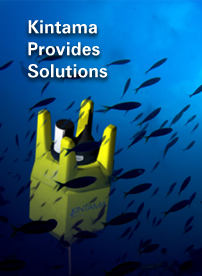The majority of research projects that Kintama undertakes reveal surprisingly rapid migration behaviours of the study animals (mainly juvenile and adult salmon). As part of the early stages of analysis we animate the recorded movements of the individual acoustically tagged animals over the arrays.
Note the “time clock” in the lower left of most animations and how fast the animals migrate.
Click on the box in the lower right corner for full-screen animation
Enjoy!




